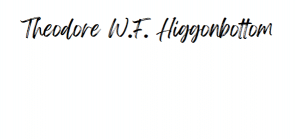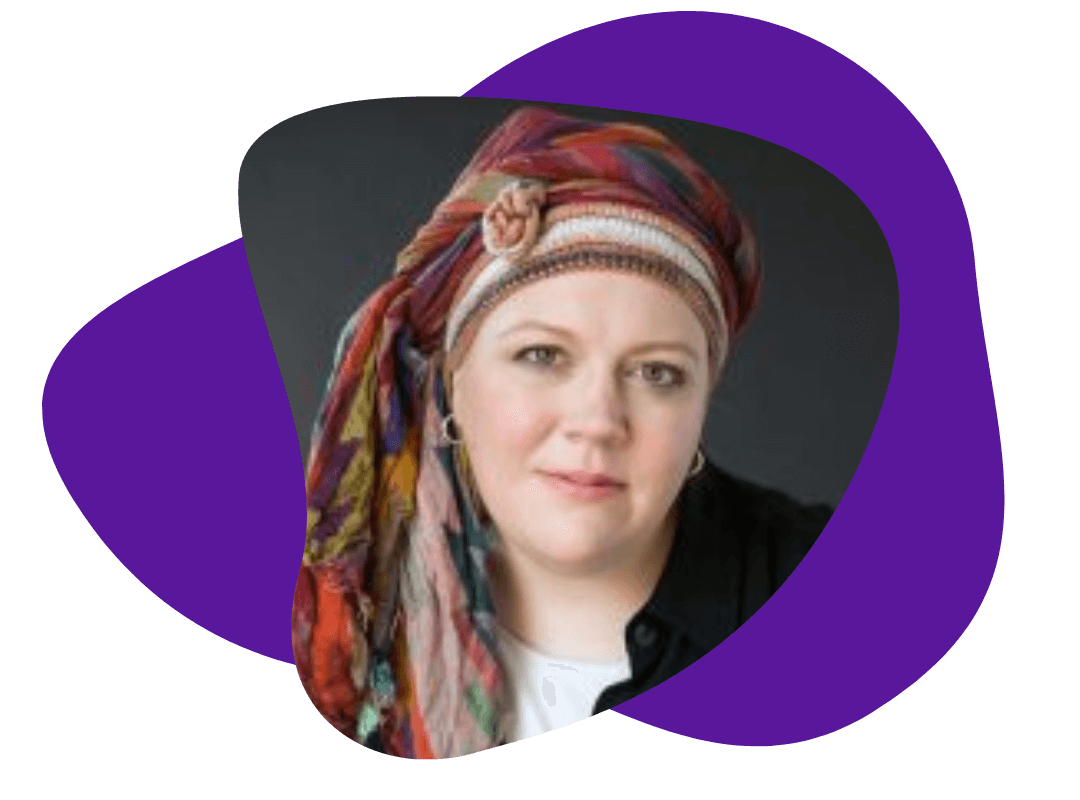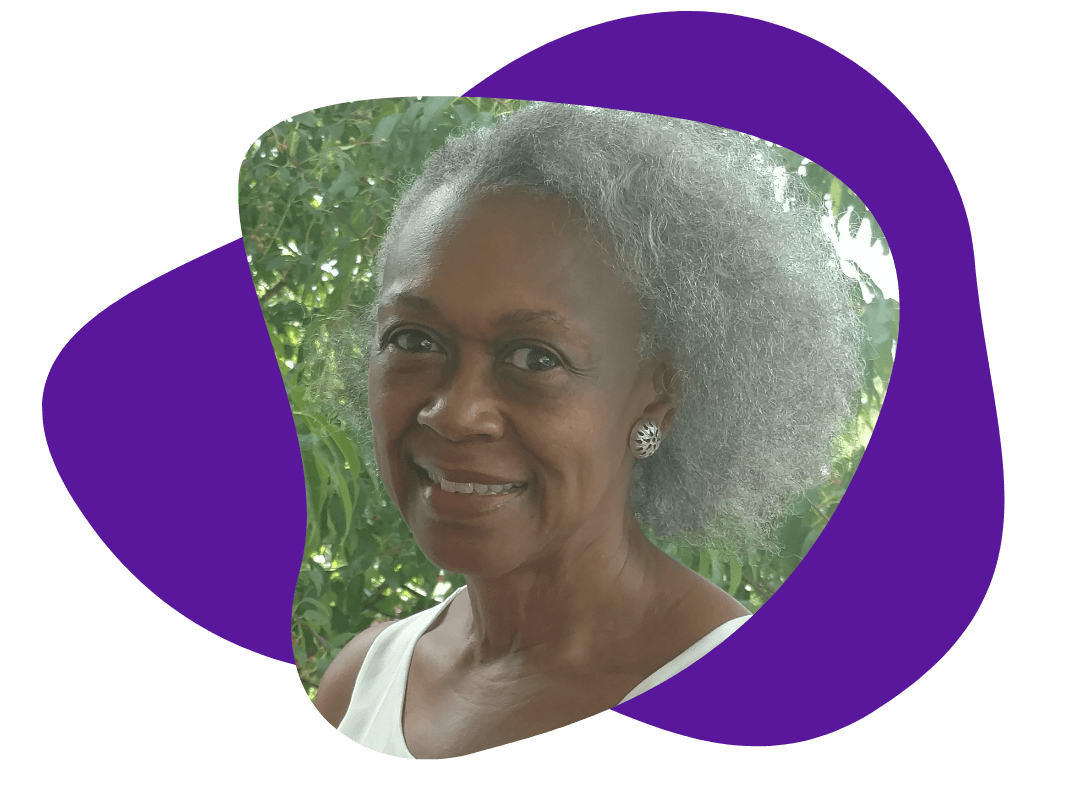What are the different forms a family history book can take?
April 15, 2025
Dear Mr. Higgonbottom,
I want to write a family history. What are the different forms a family history book can take?
Dear Aspiring Writer,
Family history formats generally fall into two basic categories: traditional genealogy and narrative. Here’s a brief overview:
Traditional Genealogy Format
This style offers a straightforward way to organize your family history. It’s a basic visual format that shows how generations and family members are connected, with little or no narrative writing. It’s more about presenting your lineage systematically. Here are some options:
- Family Tree: The simplest form of family history, this chart represents family relationships in a conventional tree structure. It includes basic information such as names, birth dates, and death dates.
- Pedigree Chart: A genealogical numbering system in a chart-like format that tracks your direct ancestors going back in time. The starting point is you—or a relative of your choosing.
- Register: A structured, numbered format that presents genealogical information in reverse from the pedigree chart. It begins with your earliest known ancestor and moves toward the present. This method is highly regarded by genealogists for its clarity and organization, especially when documenting large family trees spanning multiple generations.
- Heritage Scrapbook: This format adds interest and context to factual family information by incorporating personal memorabilia such as photos, letters, newspaper clippings, and diary entries. Unlike the more formal genealogical structures, it emphasizes storytelling and visual presentation.
Narrative Format
A narrative family history is a nonfiction story about your ancestors’ lives, highlighting specific events, themes, or experiences. This is a more involved approach that often includes narrative writing, research, and interviews. Narrative formats include:
- Memoir: A memoir-style history is an intimate and reflective account of your family’s past, emphasizing personal experiences, emotions, and perspectives. It is usually thematically based rather than chronological. Notable examples include The Glass Castle by Jeannette Walls and Educated by Tara Westover.
- Theme-Based: This format organizes your family’s story around specific themes or topics instead of following a chronological or generational structure. It allows you to explore particular aspects of your family’s experiences—such as entrepreneurship, resilience, or migration—across time and branches of the family.
- Family Biography: A family biography reads like a novel, weaving together documents, personal memories, interviews, and sometimes a bit of creative interpretation. The House of Gucci by Sara Gay Forden is one example, chronicling the rise, fall, and scandals of the Gucci family dynasty.
- Anthology-Style History: A collection of stories centered around a specific theme, time period, or event. This format allows you to bring in multiple voices and perspectives—through letters, diaries, interviews, or thematic chapters like traditions, turning points, or major migrations.
- Living Memory: This approach focuses on collecting and preserving firsthand accounts from living family members. You interview relatives to gather their stories, then combine these accounts with historical documents to create a narrative, scrapbook, or anthology.
- Event History: This format organizes your family’s story around significant historical events rather than individual biographies or a strict timeline. It emphasizes how pivotal moments shaped your family across generations. For example, Russell Baker’s Growing Up—a Pulitzer Prize-winning memoir—depicts his boyhood during the Great Depression, chronicling his family’s struggles and resilience.
As you consider your own family history, think about which of these styles might best serve your story. If it’s not immediately clear, you may find that the right format will naturally emerge as you begin the process of research and discovery.
Warmly,
Your Fellow Storyteller
































